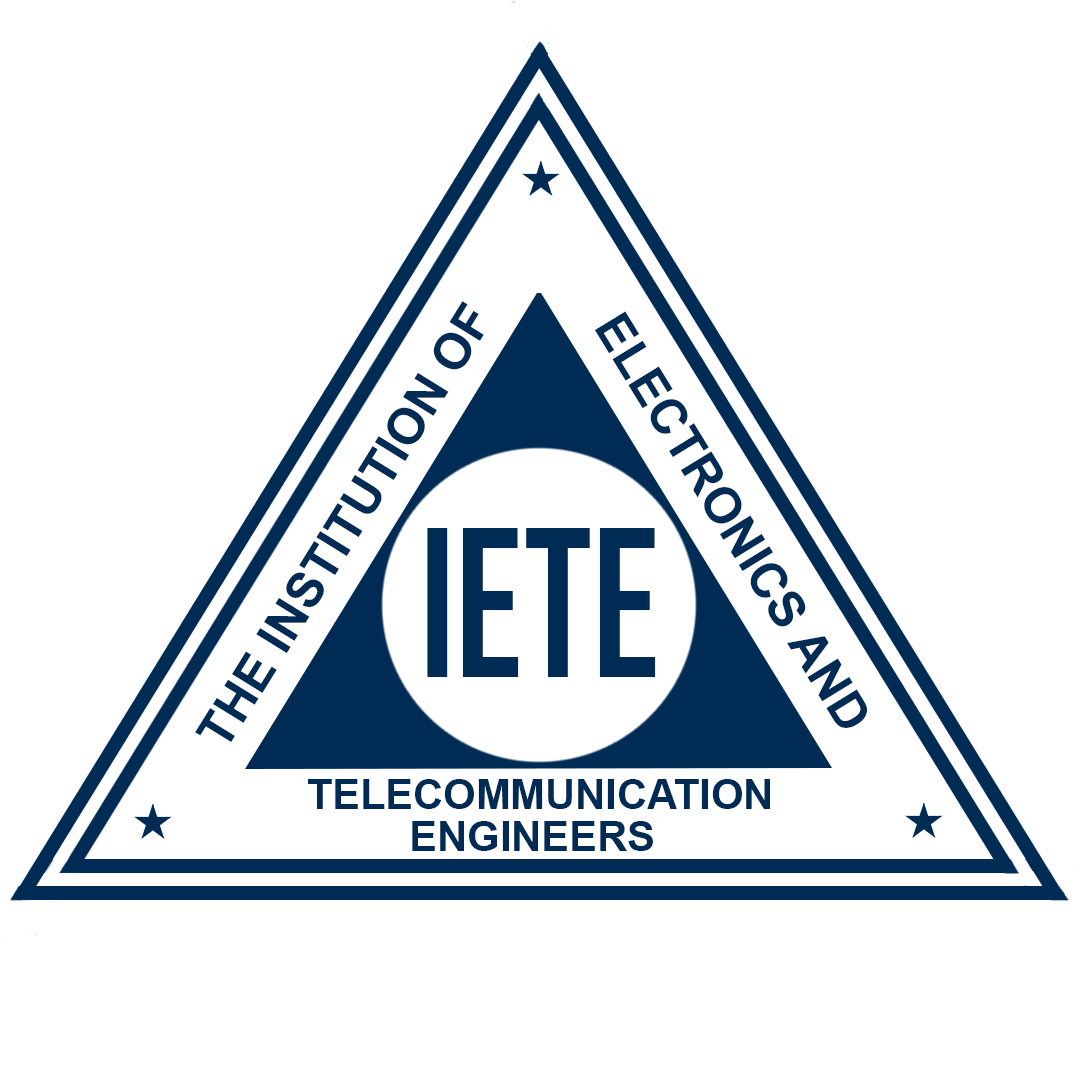


Written by - Rishita Dutta
Uploaded on - 21/01/2022
By examining cryptocurrency transactions on the blockchain, the mining process involves producing/adding new coins to the market. You already know that bitcoin transactions are not controlled by any central authority.
Bitcoin and many other cryptocurrencies use a mining process to create new currency and verify new transactions. Blockchains, the digital ledgers that record bitcoin transactions, are verified and secured by massive, decentralized networks of computers spread across the globe. The network's computers receive new coins in exchange for using their computing power. It is a positive feedback loop: miners protect and secure the blockchain, the blockchain distributes coins, and the coins provide incentives for miners to protect and secure the blockchain.
Just like banks do with fiat currencies, these transactions are verified by miners. One of the reasons why mining is important is to stop the problem of duplicate spending.
Let's break it down like this:
When you trade in fiat currency, as soon as you sell or buy something, the physical cash is gone. It cannot be reused. Even with online transactions, once the money is taken from your account, it's gone. Cryptocurrencies, on the other hand, only exist as virtual assets on computers. Because of this, users can spend twice as much and engage in counterfeiting if there are no checks on them.
A miner's main responsibility is to confirm the legitimacy of the transactions, chain those transactions together, and then add them to the blockchain.
This is necessary for the development and maintenance of the blockchain ledger. Bitcoins and other cryptocurrencies are used as a unit of measure for block rewards, which miners receive for validating transactions and creating new blocks into the blockchain.
Anyone can go online and purchase specialized mining equipment. It was more feasible in the early 2010s than it is now. However, new currencies are constantly being created, and if they use a proof-of-work (PoW) approach rather than a proof-of-stake (PoS) method, then mining may only require a standard computer or a computer with a powerful GPU and mining hardware.
Bitcoin mining pools are networks of distributed Bitcoin miners who work together to mine blocks and distribute payouts according to each participant's contribution. Paying a small discount to the pool supervisor in the form of fees allows the miners to balance their income.
Hash rate, a measurement of the number of hashes—attempts to find a new block—made per second, is used to measure the contribution to the mining pool.
Every time a miner discovers a block in the pool, it gives the mining pool organizer a block reward. The organizer compensates each pool participant according to his contribution to the hash rate after deducting a nominal fee.
Without installing or running the necessary hardware and software, cloud mining is a method for mining cryptocurrencies such as bitcoin using leased cloud computing power. The consumer only needs to register and buy mining contracts or shares because the mining equipment is already loacted and maintained in a facility controlled by the mining company.
It serves as an alternative to the established bitcoin mining infrastructure. By guaranteeing that transaction verification is decentralized; mining supports the security of the Proof of work blockchain. Block rewards are given to users when they approve transactions. In the early days of Bitcoin cloud mining, miners used high-end mining machines. Block payouts went down because there were more miners, and are regularly halved.
Bitcoin cloud mining companies help you set up an account and participate in cryptocurrency mining remotely for a small fee, making mining accessible to many individuals around the world. This type of mining uses the cloud, which reduces costs associated with equipment maintenance or raw energy.
Cryptocurrency mining is based on the Proof-of-Work principle. An algorithm called proof-of-work is used to verify transactions and insert new blocks into the chain. Ecosystem participants who perform work verification are known as miners.
Mining is essential to the security of Bitcoin (and many other cryptocurrencies), in addition to adding new coins to circulation. It verifies and secures the blockchain and allows cryptocurrencies to function as a peer-to-peer decentralized network without the need for third-party oversight. In addition, it support miners to add their computer's power to the network.